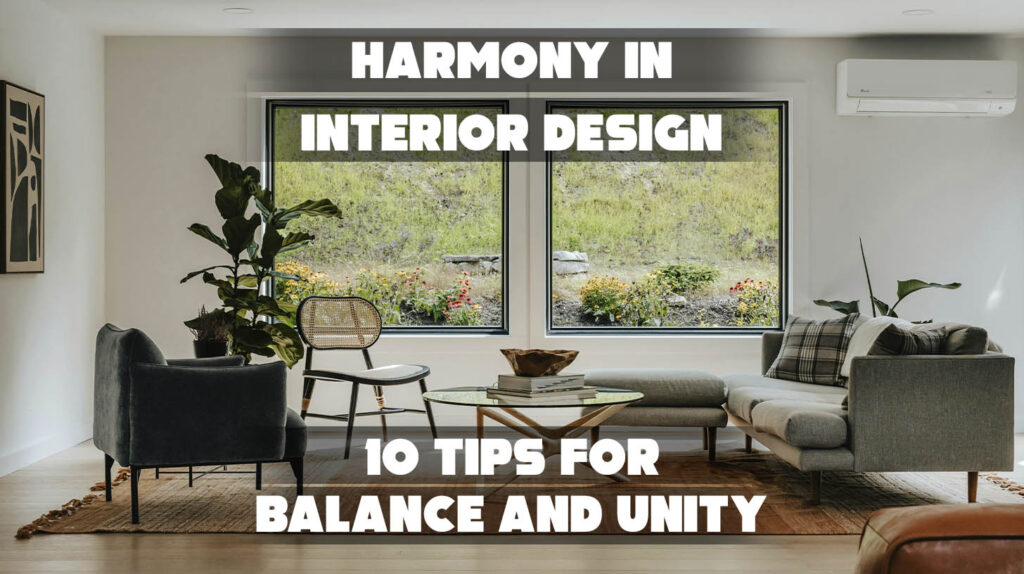Tired of bland, impersonal interiors that don’t reflect who you truly are? You’re not alone—many homeowners long for a space that feels authentic, welcoming, and rich with culture.
If you’re someone who values both tradition and modernity, this article is for you. You’ve likely struggled to find a design style that balances your cultural roots with your contemporary lifestyle.
As your trusted guide, we’ll walk you through the world of Indian interior design, blending centuries-old elements with fresh, modern aesthetics. With insights drawn from heritage craftsmanship and modern trends, we’re here to help.
Here’s what you’ll learn:
- How to infuse culture into modern spaces
- The core principles of Indian design
- Tips on furniture, layout, color, and lighting
Keep reading to transform your home into a reflection of your story—and discover a design style that is as vibrant and versatile as you are.
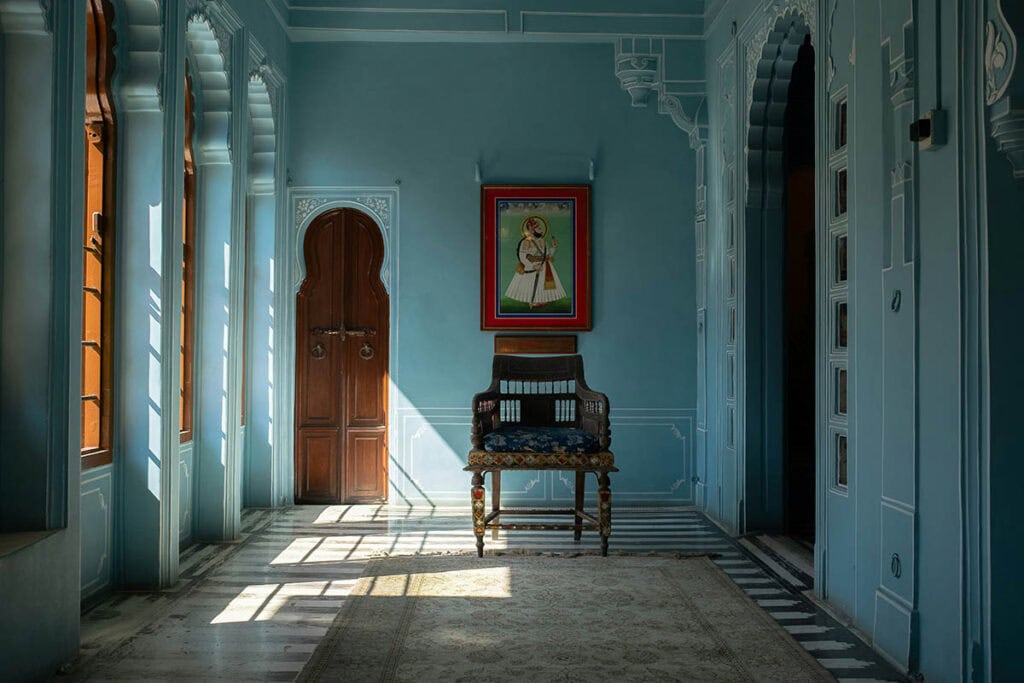
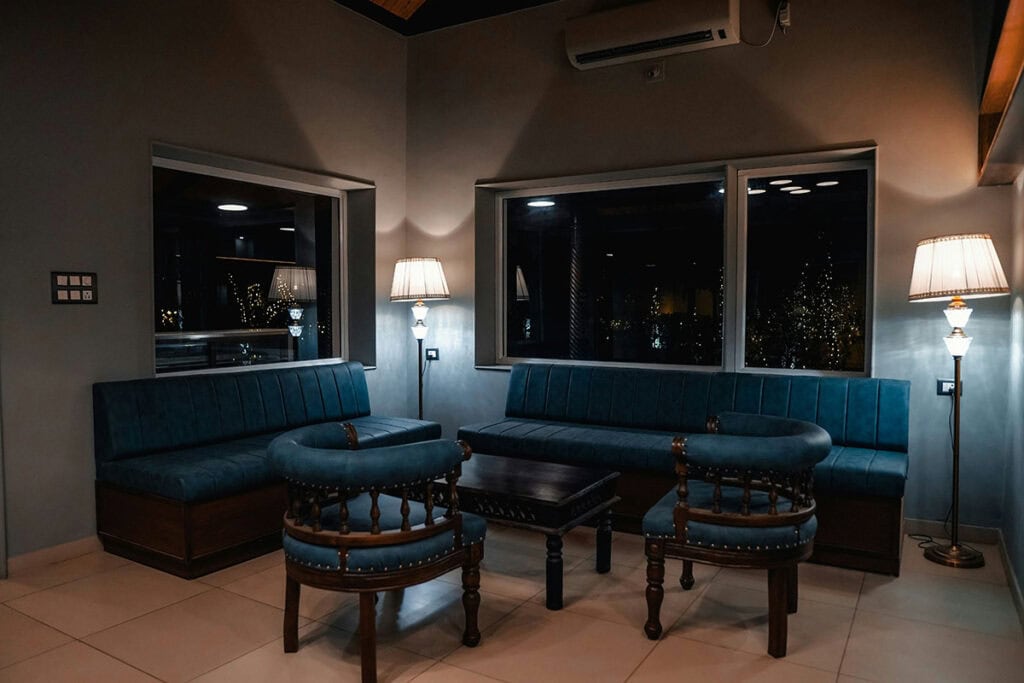
1. Core Principles of Indian Interior Design
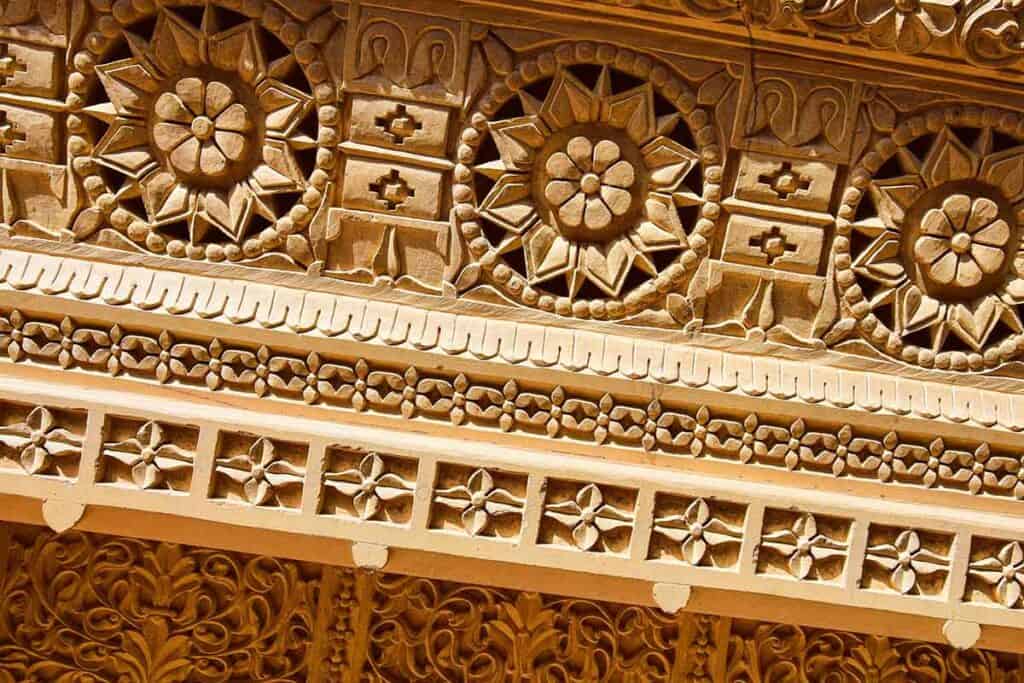
Indian interior design centers on combining rich cultural symbols, vibrant colors, and textured elements to create spaces that tell a story. This style balances tradition with functionality, using motifs and heritage influences that shape both the visual appeal and emotional resonance of a room.
Traditional Elements and Motifs
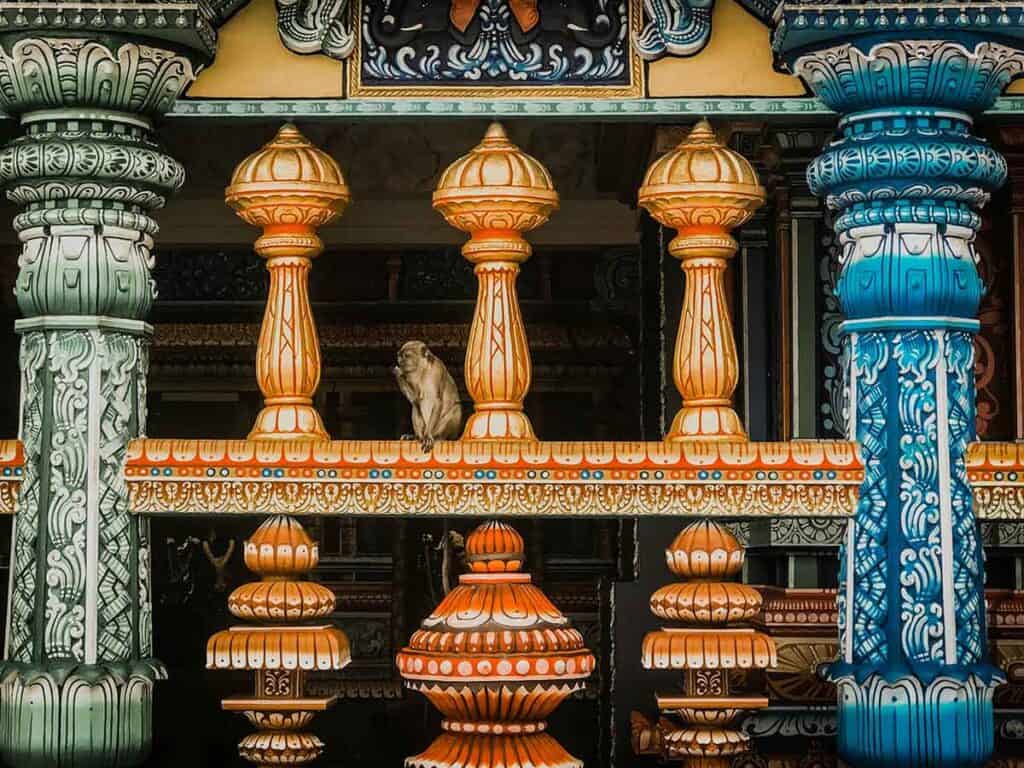
Traditional Indian interiors prominently feature motifs such as mandalas, paisleys, and nature-inspired patterns. These designs often serve as focal points on walls, textiles, or furniture. Wooden carvings and handcrafted details bring authenticity and depth.
Furniture pieces tend to be ornate with intricate inlays or lacquer work, reflecting a skilled craftsmanship tradition. The use of brass and other metals in decor items also adds a distinctive touch. These elements collectively showcase the emphasis on artistry and symbolic meaning in Indian design.
Cultural Influences and Heritage
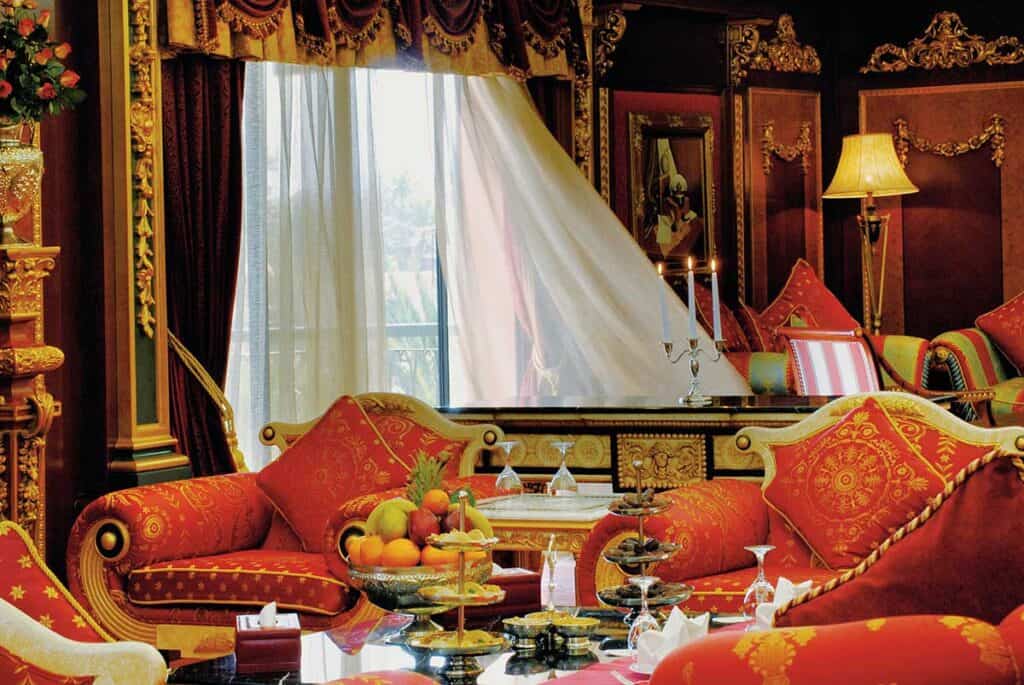
Indian interior design draws heavily from the country’s diverse cultural heritage and regional traditions. Elements from Hindu, Mughal, and Rajput architecture influence materials, forms, and motifs used indoors.
Decor often includes ethnic artifacts, traditional pottery, and textiles representing various Indian communities. This layering of culture creates a unique atmosphere that respects history while supporting modern-day living. The style encourages incorporating handcrafted pieces to maintain this cultural connection in interiors.
Color Palettes and Textures
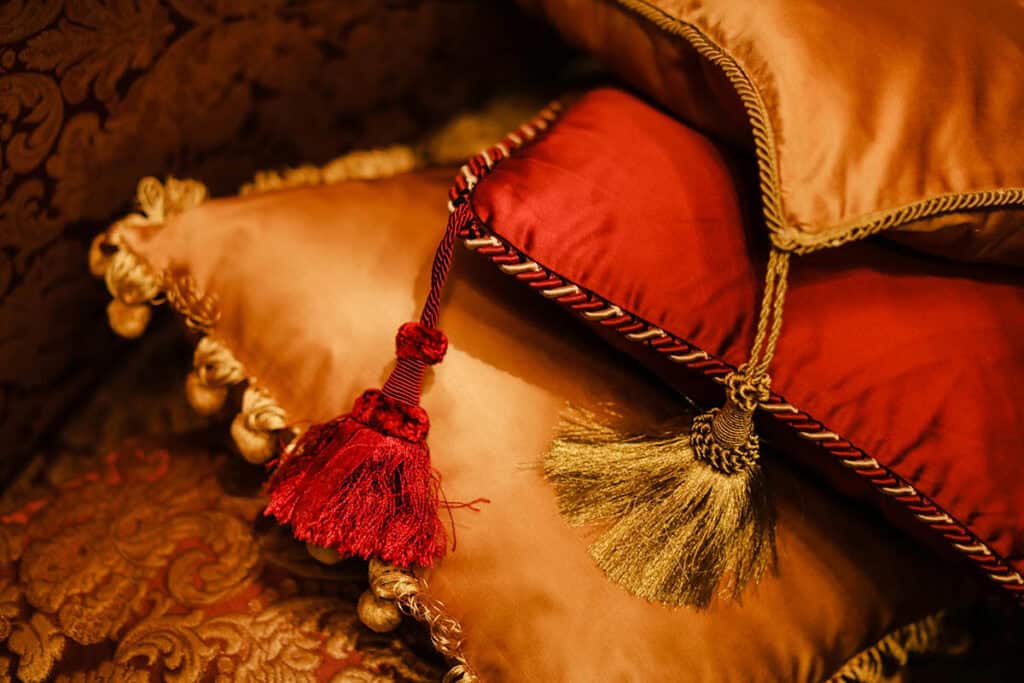
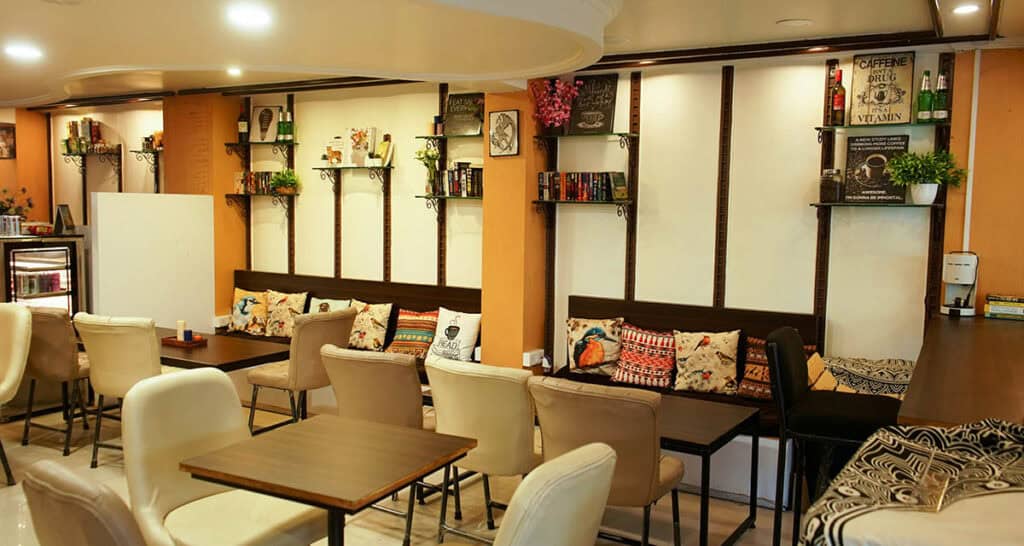
Colors in Indian interiors are rich and bold, favoring deep reds, saffron, royal blues, and gold accents. These hues are chosen not just for visual impact but for their cultural significance, often symbolizing prosperity, warmth, and spirituality.
Textures play a crucial role and appear through heavy fabrics like silk and velvet combined with embroidered or printed textiles. Natural materials such as jute, wood, and stone enhance tactile contrast. Together, the colors and textures generate warmth and vibrancy, essential to authentic Indian interior design ideas.
2. Key Materials and Finishes In Indian Interior Design

Indian interior design relies heavily on natural materials that bring texture, durability, and traditional authenticity into homes. Designers carefully select elements that combine craftsmanship with functionality, allowing spaces to feel warm and culturally rooted.
Wood is a cornerstone in Indian homes, often featuring rich hardwoods like teak and rosewood. These woods are favored for furniture and intricate carvings that display traditional motifs. Stone materials like marble, granite, and sandstone are extensively used for flooring and countertops, valued for their durability and natural patterns.
Metalwork adds a refined touch, frequently appearing in inlay details or decorative accents. Brass and copper are common, often hand-crafted into handles, lamps, or embellishments, reinforcing cultural heritage while enhancing the decor’s elegance.
Handcrafted Fabrics and Textiles
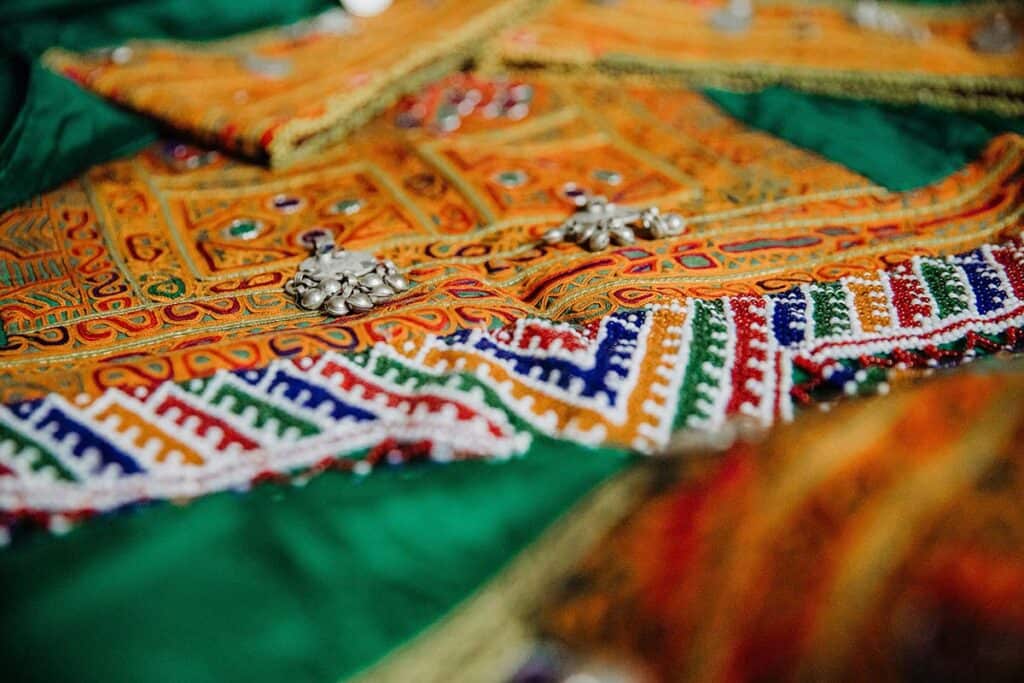
Textiles play a vital role in introducing color and pattern into Indian interiors. Handwoven fabrics such as silk, cotton, and brocades are preferred for upholstery, curtains, and cushions. These textiles often feature traditional prints like paisleys and floral designs, which add vibrancy to rooms.
Embroidered or block-printed fabrics bring a tactile richness and reflect regional craftsmanship. Using natural fibers ensures breathability and comfort, essential for the Indian climate and aesthetic sensibility.
Decorative Tiles and Flooring

Flooring in Indian homes often highlights natural stones like marble and granite, chosen for ease of maintenance and longevity. Terrazzo tiles have gained popularity for their speckled surface and versatility, creating visual interest with durability.
Decorative tiles may include hand-painted ceramic or terracotta options, reflecting regional styles. These materials underscore a connection to tradition while supporting modern, practical living spaces designed by interior designers attuned to authentic Indian design elements.
See also Luxury Medical Spa Interior Design
3. Furniture Styles and Layout In Indian Interior Design

Furniture in Indian interiors balances tradition and modernity, often reflecting cultural significance and regional craftsmanship. The use of rich textiles, carved wood, and vibrant colors creates a unique sense of place. Proper furniture arrangement enhances function while showcasing these artistic elements.
Regional Furniture Design
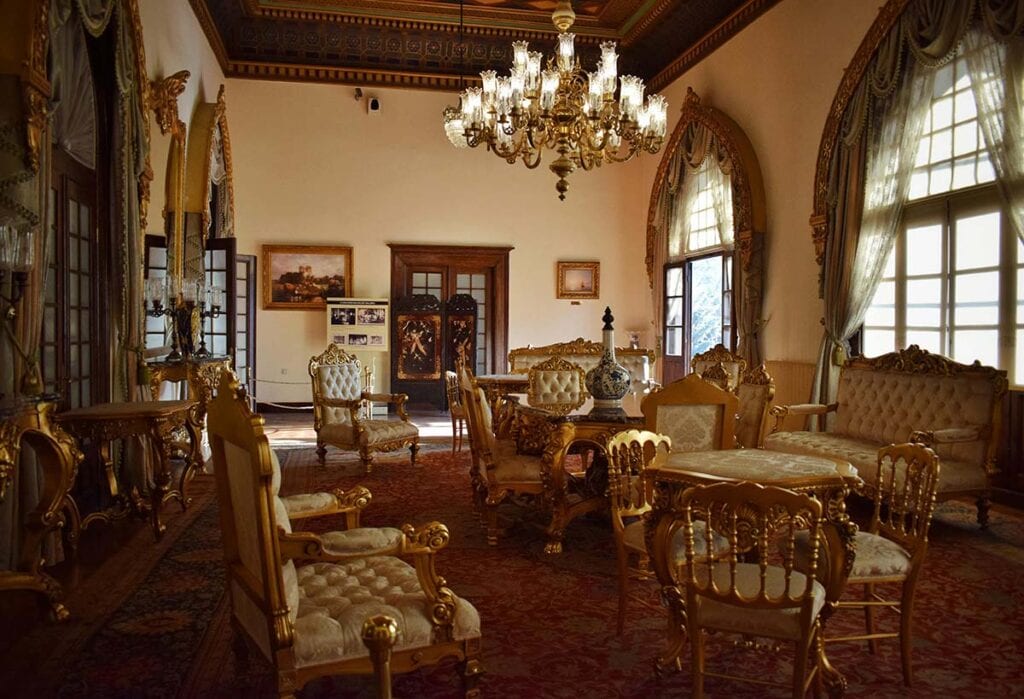
Different regions in India have distinct furniture styles influenced by local materials and cultural practices. For example, Rajasthan features robust wooden pieces with intricate carvings, often in teak or sheesham. South Indian furniture uses chopped rosewood and mahogany, commonly adorned with brass fittings.
Textiles like embroidered cushions and handwoven rugs complement these pieces, adding texture and color. Rajasthan’s jharokhas and low seating contrast with the north’s tall, ornate chairs. These elements serve not only aesthetic purposes but also convey social and cultural identity in Indian homes.
Modern Interpretations
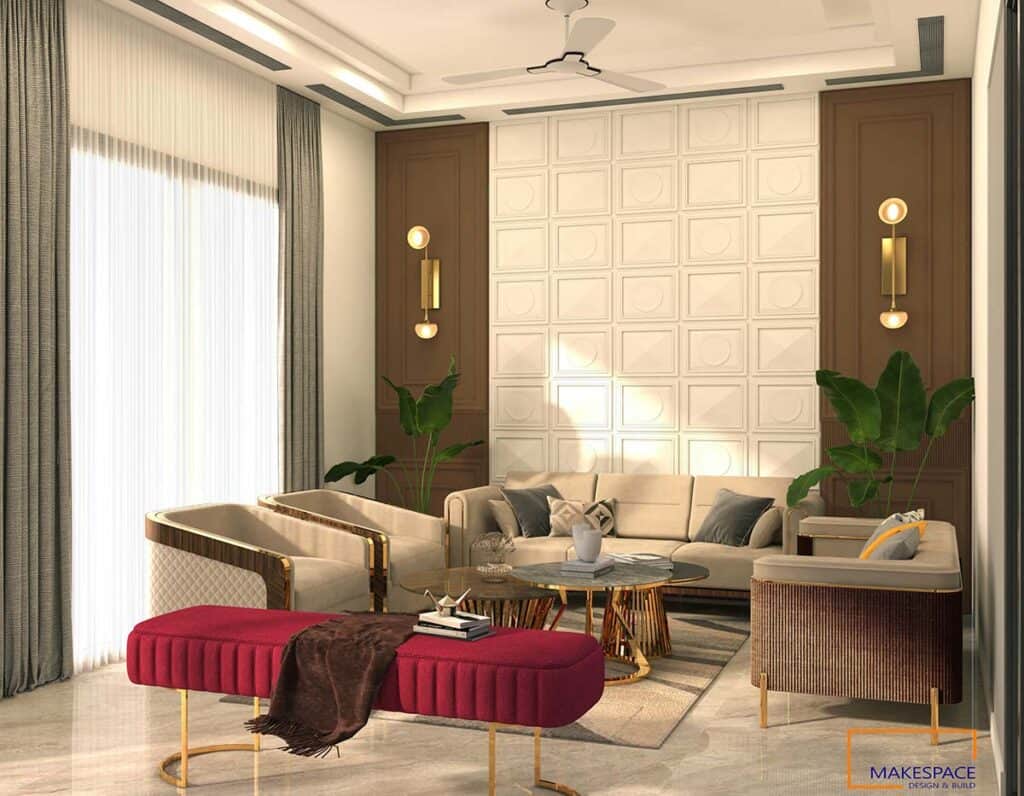
Contemporary Indian furniture blends traditional motifs with minimalist profiles. Curved armrests and legs inspired by classic designs persist, but with cleaner lines and lighter finishes to suit modern living rooms. Materials like metal and glass sometimes mix with wood to create hybrid pieces.
Colors remain vibrant but are often softened to pastel tones to fit current palettes. The integration of functional furniture, such as modular sofas with ethnic fabric upholstery, reflects how Indian design adapts without losing its rich heritage. This approach respects craftsmanship while appealing to present-day needs.
Furniture Arrangement Tips
In Indian interiors, furniture placement often aims to support social interaction and comfort. Seating typically centers around a low table or rug, allowing for easy conversation and relaxation. Positioning larger items like divans or sofas along walls saves space and maintains openness.
Using rugs strategically can define zones in open-plan layouts and add warmth. Placement near natural light highlights rich textures and colors, enhancing the sense of tradition. Maintaining balance between spaciousness and decor ensures that the cultural essence remains prominent without clutter.
For more design ideas, see Indian living room layouts.
4. Decor and Accessories In Indian Interior Design

Indian interior design incorporates richly detailed elements that bring warmth and personality to living spaces. It balances luxurious fabrics and intricate patterns with carefully chosen items that reflect cultural heritage and artistic craftsmanship.
Art and Wall Hangings
Art in Indian homes often features vibrant colors and traditional motifs, enhancing both contemporary and classic interiors. Wall hangings like handwoven tapestries, embroidered fabrics, or framed Madhubani and Warli paintings serve as focal points in a living room.
These pieces provide texture and depth while showcasing regional artistry.
Brass and copper plates with embossed designs frequently decorate walls, adding metallic accents that reflect light subtly. Mirrors with carved wooden frames are common, combining utility with ornamental value.
The selection of wall art often emphasizes storytelling, spirituality, or natural themes, aligning the room’s atmosphere with cultural inspiration.
Ceramics and Sculptures
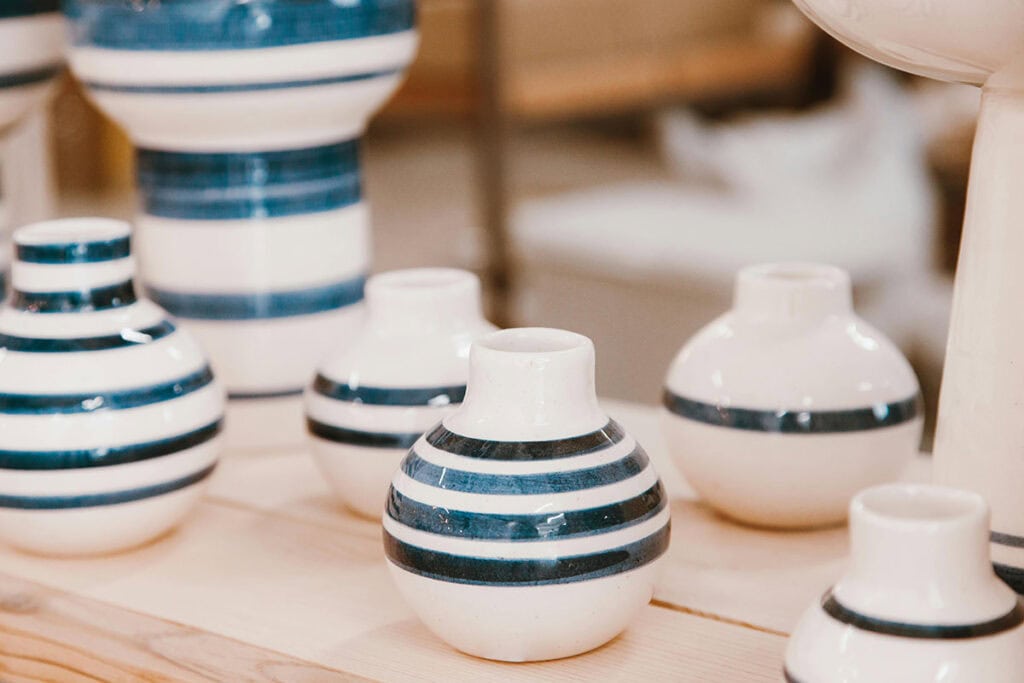
Ceramic pieces in Indian décor tend to include glazed pots, urns, and tiles featuring floral or geometric patterns. These ceramics complement wooden furniture and richly patterned textiles, contributing to a cohesive look. Hand-painted pottery from regions like Rajasthan offers both aesthetic appeal and cultural significance.
Sculptures, especially religious marble statues, are integral to many homes. They range from intricately carved deities to abstract figurines, often used in prayer corners or as decorative accents. Materials such as white marble and brass are preferred for their durability and classic appearance.
Together, ceramics and sculptures add dimension and history to living rooms, creating spaces that resonate with tradition without sacrificing style. Visitors often take note of the craftsmanship and detail in these accessories, which enhance the overall design narrative.
For a curated selection of modern and traditional pieces, exploring collections like those at Marble Lotus can provide inspiration.
5. Lighting and Ambiance In Indian Interior Design
Lighting plays a crucial role in shaping the atmosphere of Indian homes. It balances functionality with cultural expression, enhancing the beauty and warmth of interiors. Effective lighting integrates both natural and artificial elements to create inviting spaces.
Natural Light Incorporation
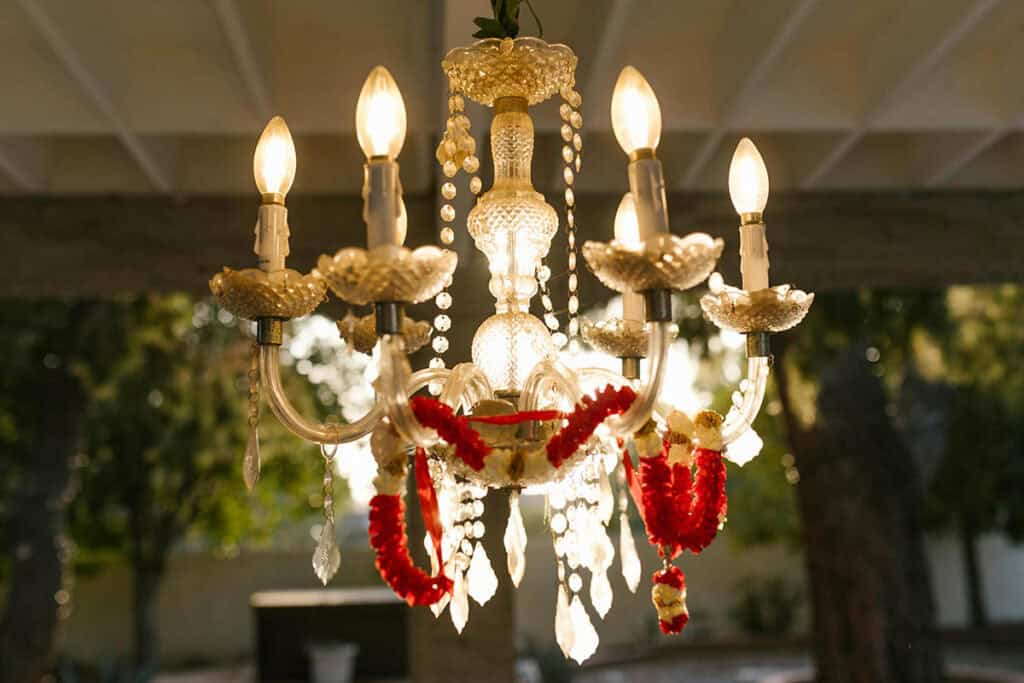
interior design often prioritizes maximizing natural light. Large windows, open courtyards, and jharokhas (traditional projecting windows) help bring sunlight deep into rooms. This use of daylight not only reduces the need for artificial light but also creates a vibrant and airy environment.
Light-colored walls and reflective surfaces amplify natural light, making spaces feel larger and more welcoming. Additionally, natural light highlights textures and colors typical to Indian decor like carved wood and textiles.
Proper orientation and window placement are key to achieving balanced daylight without excessive heat, important in many Indian climates.
Traditional and Modern Lighting Fixtures
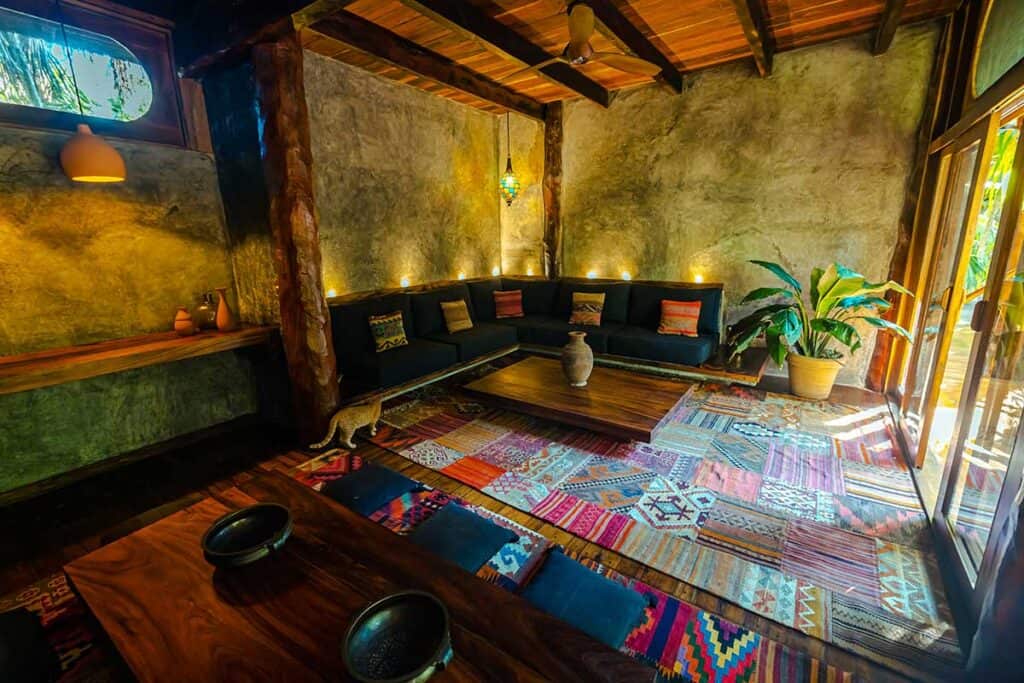
Lighting fixtures in Indian homes blend age-old styles with modern technology to enhance ambiance. Traditional elements include brass lanterns, diyas (oil lamps), and ornate chandeliers often made from metal or glass. These fixtures add a warm, golden glow that complements vibrant color schemes.
Contemporary designs introduce smart lighting solutions such as LED strips, dimmable bulbs, and accent lighting to customize mood and functionality. Fixtures often reflect intricate patterns or ethnic motifs, maintaining cultural authenticity.
Combining traditional and modern lighting creates dynamic rooms that are both beautiful and practical, meeting today’s lifestyle demands while preserving heritage aesthetics.
See also Baroque Interior Design
Indian Interior Design: A Recap
Indian interior design is a rich and versatile style that seamlessly merges heritage with modern living. By blending traditional craftsmanship, bold colors, intricate patterns, and natural materials, it creates spaces that are not only visually striking but also deeply rooted in cultural identity.
Whether it’s through ornate furniture, handcrafted textiles, or thoughtful lighting, every element serves a purpose in telling a story. This design approach accommodates both grand traditional layouts and sleek contemporary spaces, making it adaptable to various preferences.
Ultimately, Indian interior design offers a timeless way to celebrate history while having the comforts and aesthetics of the present.





